New Build | Snagging Inspections - RPSA Accredited Professionals - You Deserve The Best!
Professional Snagging Inspections
Unlock Perfection in Your New Build.
We will uncover your new homes construction defects so they can be resolved quickly, for the quality and peace of mind you deserve.
- 5 ⭐️ Reviews





Is Your New Home Hiding Secrets?
Every year, UK buyers move into “brand new” homes only to find 100’s of defects (some costing thousands to fix if left unchecked). Builders rely on you not spotting them.
That’s where we come in. Snagman’s new build snagging surveys offer a powerful solution. Our experts use the latest technology and a keen eye, to uncover hidden defects, ensuring your new build meets your high standards.
Trust Snagman to turn your house into the dream home you deserve.
Why Choose Us?
Our new build snagging inspections ensure the quality of your home with precise expertise and knowledge of construction standards.
Quality Assurance
With precise expertise and extensive knowledge of construction standards, our detailed inspections ensure the quality of your home.
Defect Detection
Identifying defects early in the process allows for issues to be dealt with early to protect your investment and prevent costly future repairs.
Accountability
Our reports provide a comprehensive listing of issues to be rectified, ensuring that your new home meets the highest quality standards.

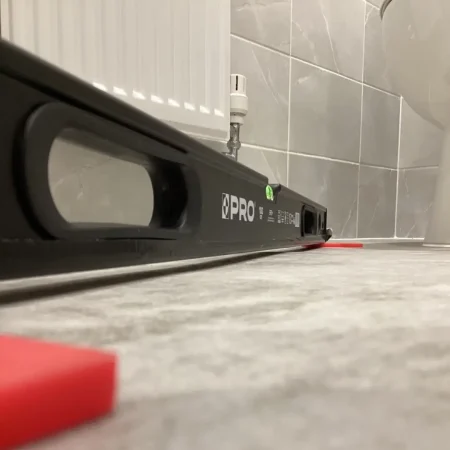
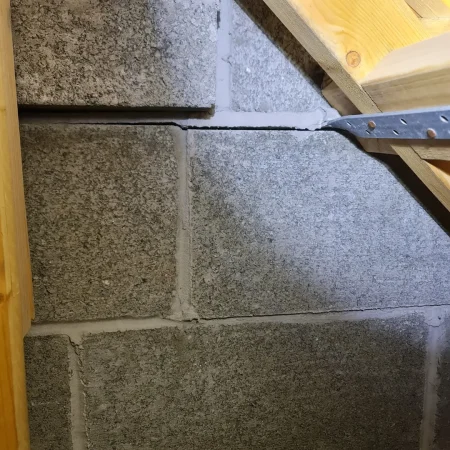
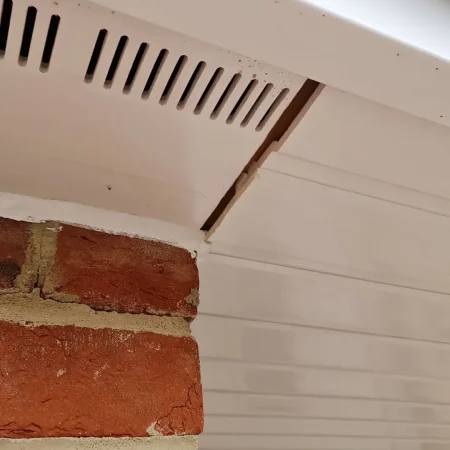
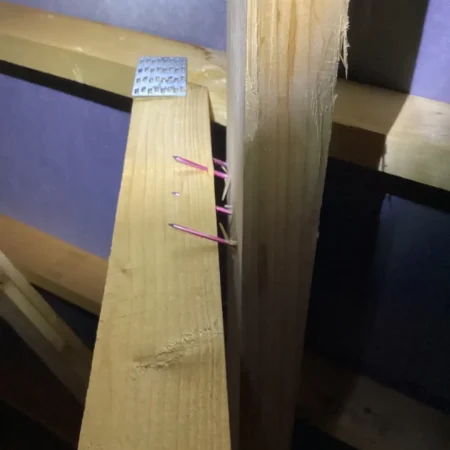


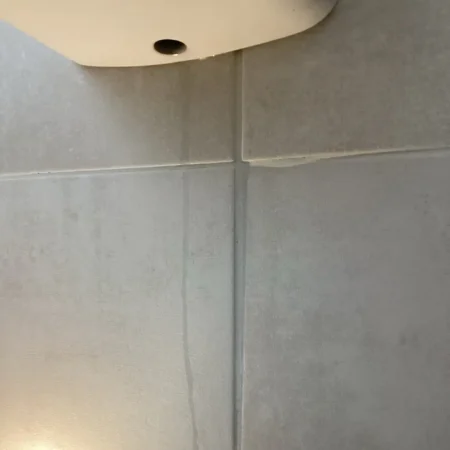

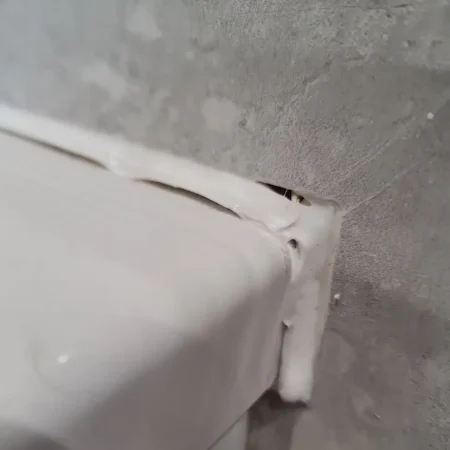
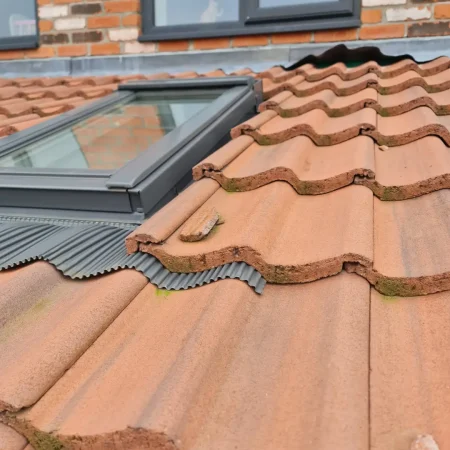
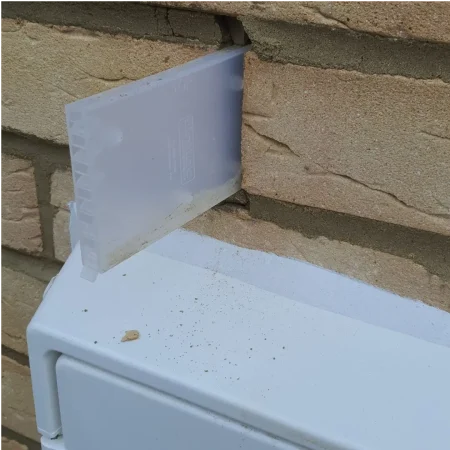
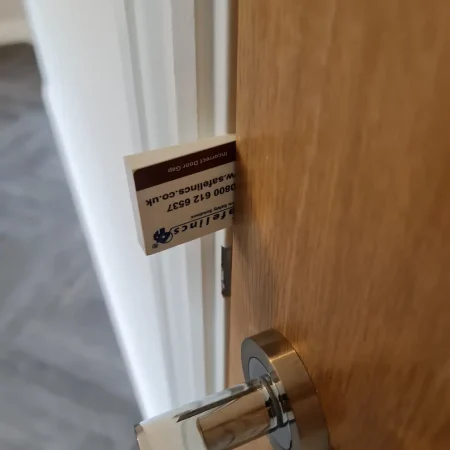

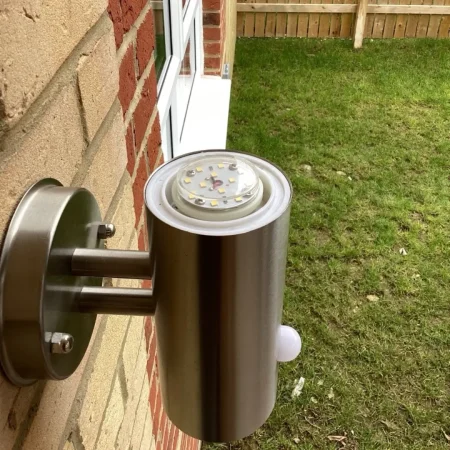
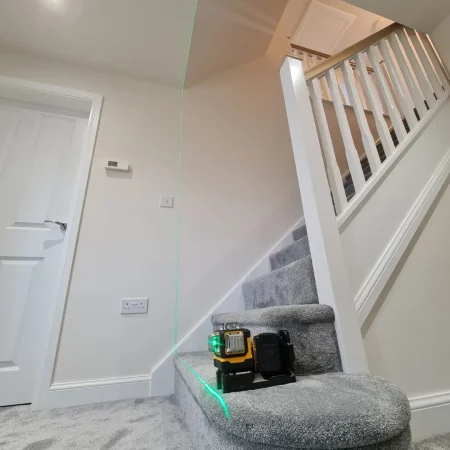
Don't Leave It Up To Fate...
Don’t leave your new home’s quality to chance. Secure your peace of mind today with a professional snagging inspection. Book now and step into your new home with confidence.
Industry Expertise
Our surveyors are fully qualified with a minimum of a relevant construction degree (Bsc Hons) & a minimum of 5 years industry experience for unsupervised surveyors.
Fully Insured
We hold comprehensive public liability and professional indemnity insurance. You can rest assured we are fully covered to carry out business to a high standard.
Detailed Reports
Our reports are highly detailed referencing the relevant standards each defect is in breach of, ensuring developers are held accountable for each snagging item to be rectified.
Professional Body Membership
We are members of NAPSI (National Association of Professional Snagging Inspectors) as well as the RPSA (Residential Property Surveyors Association) and adhere to the rigorous standards set out in their members code of conduct.
What Do Our Customers Say?
At Snagman, we believe that every homeowner deserves a perfect beginning in their new home. Our snagging inspections are more than just reports—they are the first step towards securing the dream home experience you’ve always envisioned. But don’t just take our word for it. Discover the difference we’ve made through the eyes of those who matter most—our satisfied customers.






Frequently Asked Questions
Snagging is a term widely used throughout the construction industry and is the process of identifying defects/faults within a building or structure.
A snagging list is a detailed list that identifies all the defects or unfinished work on a construction project.
This list is compiled during a snagging inspection, which typically takes place either before or shortly after the completion of the project.
The purpose of the snagging list is to ensure that the contractor rectifies these issues, ensuring the project meets the standards agreed upon in the contract.
Common items on a new build home snagging list can range from cosmetic issues, such as paint blemishes and minor scratches, to more significant concerns like problems with the plumbing, electrical systems, or even structural issues.
The snagging process is a crucial step for new homeowners, providing them with a professional and objective assessment of their property’s condition. By identifying issues early, homeowners can address them with the developer within the warranty period, ultimately saving time, money, and ensuring their new home is of the highest quality.
In new build houses, while construction standards aim to be high, various defects can still occur. These issues range from minor cosmetic flaws to more serious structural concerns. Here’s a list of some of the most common defects found in new build houses:
Paint and Plaster Defects: Imperfections in paintwork or plastering, such as drips, uneven application, or cracking.
Joinery Issues: Problems with internal and external doors, windows, skirting boards, and staircases that may not fit properly or operate smoothly.
Plumbing and Water Leaks: Leaks from pipes, poor drainage, issues with hot water supply, and improperly sealed bathrooms and kitchens.
Electrical Problems: Incorrectly wired outlets, non-functional sockets, poorly located switches, and inadequate lighting fixtures.
Tiling Flaws: Loose, cracked, or uneven tiles on floors or walls.
Structural Cracks: Small cracks in walls or ceilings due to settling are common, but larger cracks may indicate more serious structural issues.
Insulation Gaps: Missing, incomplete, or poorly installed insulation, leading to energy inefficiency.
Heating and Ventilation Issues: Problems with the central heating system, radiators not working correctly, or inadequate ventilation leading to condensation.
Roofing and Guttering Problems: Missing roof tiles, leaks, or poorly installed guttering systems that could lead to water damage.
Exterior Finishing Errors: Issues with brickwork, rendering, or external paintwork, including cracks, discoloration, and uneven finishes.
Windows and Doors: Problems with sealing, leading to drafts, or difficulty opening and closing.
Garden and External Work: Poor drainage or unfinished landscaping work outside the property.
Identifying these issues early through a professional snagging inspection can save homeowners time and money by ensuring that the builder addresses them promptly, often before the move-in date or within the warranty period provided by the builder.
We recommend that a snagging inspection is carried out within the first 2 weeks or, better yet, the day after legal completion. This is because cosmetic damages are much harder to dispute through the passage of time.
However, we can complete an inspection on your property up to 2 years after completion, as this is still within the warranty period.
When purchasing a new home, you might wonder what happens if the builder decides to alter the design, construction, or materials after you’ve made your reservation. Here’s a clear breakdown of your rights under the New Homes Quality Code, especially if your builder is registered with the New Homes Quality Board.
Major vs. Minor Changes: What’s the Difference?
The New Homes Quality Code categorizes changes into two types: major and minor.
Major Changes significantly affect the size, appearance, or value of your home compared to what was agreed upon in your reservation agreement or sales contract. These changes require the builder to:
- Notify you in writing about the alterations.
- Offer you a 14-day period to reconsider your purchase agreement, during which you can seek advice from a professional advisor.
- Refund any deposits and payments if you choose to cancel the agreement within this window.
This ensures you’re not caught off guard by significant modifications to your future home.
Minor Changes do not drastically alter the size, layout, or value of your home and might include small adjustments that are generally considered to not significantly impact the overall design. While builders must inform you of these changes, they do not require your formal approval, nor do you have the right to cancel the purchase based on these alterations alone.
What Should You Do If Changes Occur?
For major changes, it’s important to:
- Review the written notification from your builder carefully.
- Consider consulting with a legal or real estate professional to understand the implications of the changes.
- Decide whether you wish to proceed with the purchase or cancel within the 14-day period to receive a full refund.
For minor changes, while you may not have the option to cancel, staying informed about any modifications allows you to keep abreast of your home’s development and ensures there are no surprises down the line.
Navigating Changes in Scotland
Specifically, in Scotland, any changes to materials used in your new home must still adhere to the terms of the building warrant, safeguarding the quality and compliance of the construction.
What’s Next?
If you encounter a major change and are considering your options, or if you have concerns about minor adjustments, it’s wise to communicate directly with your builder. Understanding these distinctions and your rights can empower you to make informed decisions about your new home.
This question comes up quite often, and honestly, there’s no one-size-fits-all answer. The quality of home construction can vary widely, and it often comes down to the management and execution at each specific construction site. Factors such as the site manager’s expertise and their attention to the finer details play a crucial role.
Especially when it comes to larger builders, there’s a notable challenge in maintaining a consistent level of quality across all projects. Based on our observations, homes built by larger firms are more likely to encounter defects. These can be attributed to challenges like less effective site management, a shortage of skilled workers, and reliance on a mix of different subcontractors. Thus, what constitutes the ‘best builder’ really depends and can vary greatly based on the individual site’s management and team.
It’s worth checking out the Home Builders Federation (HBF) reviews and ratings for an objective assessment of builders. These ratings can offer insight into the quality and customer satisfaction levels associated with various builders, providing a more comprehensive picture that takes into account the performance of individual sites under their umbrella.
Depending on the size of the home and the quality of the build, on average, we may take between 7 to 10 hours to complete a thorough investigation.
We aim to complete the report within 48 hours.
Although anybody can snag a house, that doesn’t necessarily mean they know what they’re doing.
We use our knowledge, experience and equipment to ensure that your home is thoroughly inspected and document any issues that are in breach of industry standards and building regulations.
That’s up to you. We just need instructions for access and securing your property once we’re done. Any person remaining in the property must be a responsible adult, or under the supervision of one.
Here’s what we generally inspect, but not limited to:
Internal Features:
Joinery, Woodwork, Ironmongery
Floor Coverings
Plastering, Dry Lining, Paintwork Finish
Application of Sealants, Mastic
Ceramics, Sanitary ware, Showers, and Screens
Plumbing, Heating, and Hot Water Systems
Electrical Outlets, Switches, Lights, and Consumer Units
Kitchen Appliances, Kitchen Installation, Worktops
External Features:
Windows, Glazing, Locks, Sills, and Extraction Connections
Boundaries, Walls, Fencing, and Gates
Soft Landscaping, Turf, Slabs, and Retaining Elements
Driveways, Footpaths, Access, and Egress
Brickwork, Masonry, Render, Mortar, and Openings
Guttering, Downpipes, and Boiler Outlets
External Application of Sealants, Mastic
uPVC Windows and Doors
Garages, Brickwork, Doors, and Slabs
Meter Boxes, Manholes, Inspection Chambers
Porches, Bays, and Canopy
Roof Tiles, Ridge Tiles, Verge, Eves, Fascia, Soffits, and Rafter
#QualityMatters
Reach Out To Us
Most properties we inspect have over 150+ defects discovered during our rigorous snagging process.
Don’t leave the most expensive investment of your life to fate, book a snagging survey and let us create a detailed snagging report on your behalf, so that the developer can put the issues right within the warranty period saving you money in the long run.